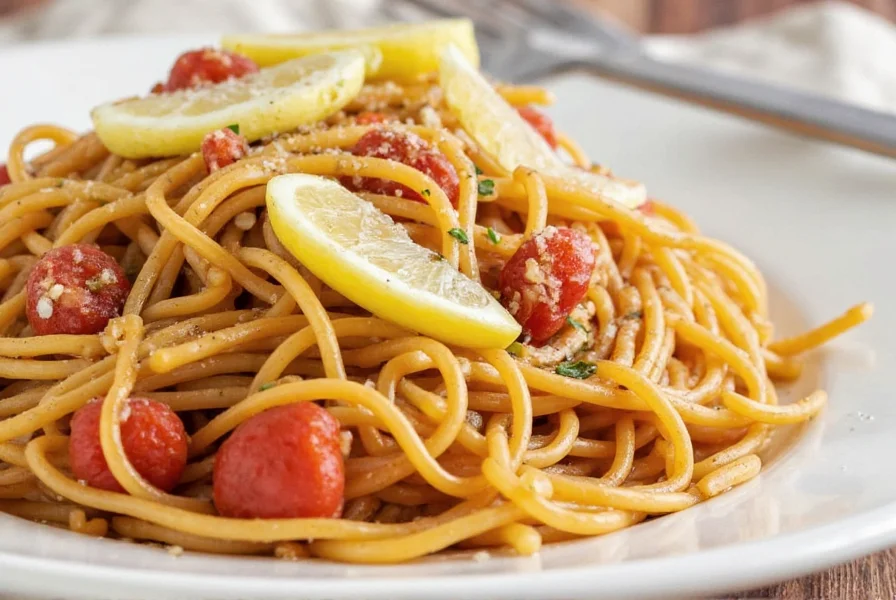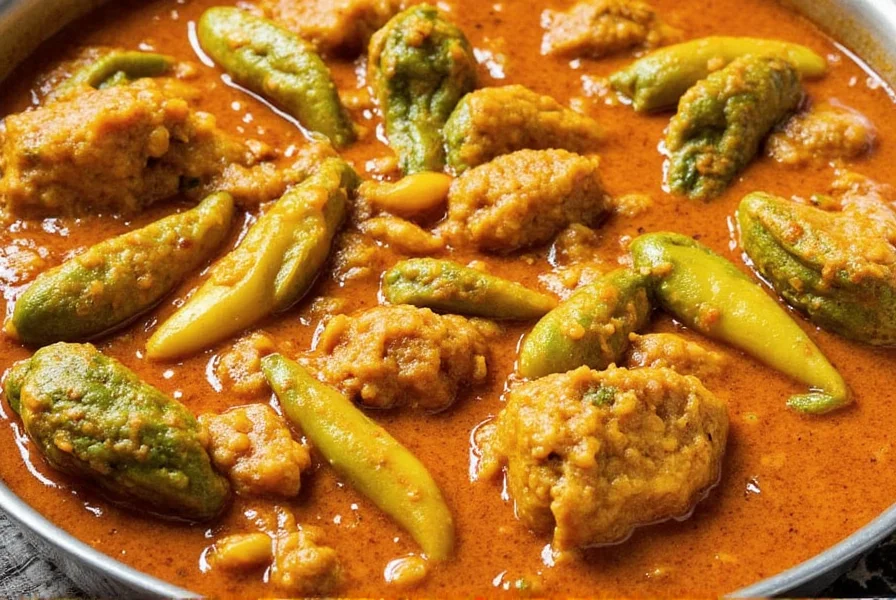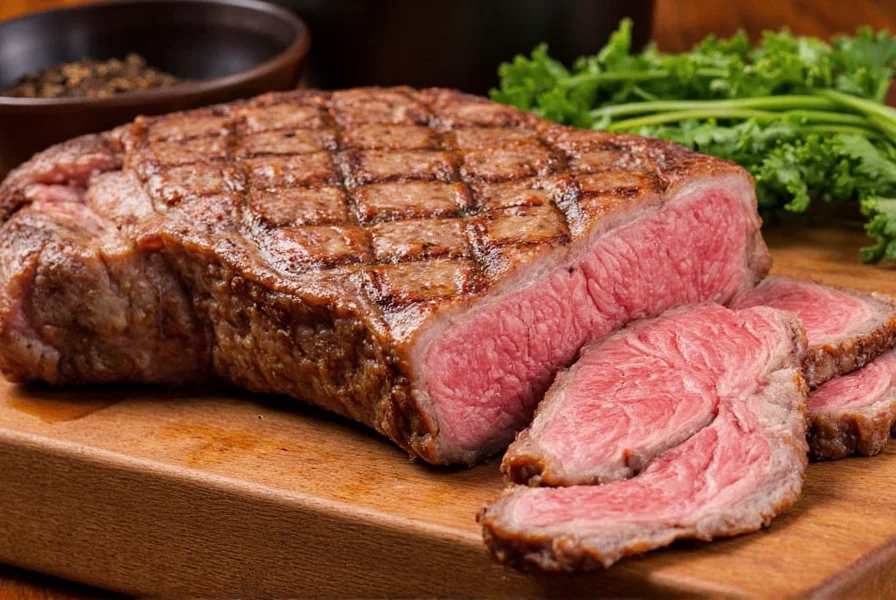Table of Contents
Introduction
The essential seasonings for chicken soup include salt, freshly ground black pepper, garlic, onion, bay leaves, thyme, and parsley. These ingredients form the foundation of flavor in any chicken soup recipe. This guide provides precise details on quantities, timing, and expert techniques to achieve perfectly balanced flavors in every bowl.
Essential Seasonings for Chicken Soup
Understanding the role of each seasoning is critical for optimal flavor. Here are the core ingredients with specific usage guidelines:
- Salt – The foundational flavor enhancer. Start with 1/2 teaspoon per quart of soup, adjusting gradually. Always add salt incrementally to avoid over-seasoning.
- Black pepper – Adds warmth and depth. Use freshly ground pepper for maximum aroma; add during the final 15 minutes of cooking to preserve volatile compounds.
- Garlic – Provides savory complexity. Use 2-3 minced cloves per quart. Sauté with onions before adding liquid for best flavor extraction.
- Onion – Creates natural sweetness. Use 1 medium yellow onion per quart, diced and sautéed until translucent before adding broth.
- Bay leaves – Imparts subtle herbal notes. Use 1-2 dried leaves per quart. Remove before serving as they become bitter with prolonged cooking.
- Thyme – Classic pairing with chicken. Use 1 teaspoon dried or 1 tablespoon fresh leaves per quart. Add early in cooking to allow flavors to infuse.
- Parsley – Adds brightness and color. Use fresh leaves as garnish; add in the last 5 minutes of cooking to maintain vibrancy.
Traditional vs. Modern Flavors
| Traditional Seasonings | Modern/Global Variations |
|---|---|
| Salt, Black Pepper, Bay Leaf, Thyme | Garlic, Ginger, Soy Sauce, Lemon Juice, Cumin, Turmeric |
| Simple, hearty, and comforting | Vibrant, bold, and versatile |
Practical Tips for Seasoning Chicken Soup
Professional techniques to maximize flavor development:
- Build flavor base first – Sauté onions, garlic, and aromatics in oil for 3-5 minutes before adding liquid to create a flavor foundation.
- Add seasonings in stages – Hardy herbs (bay leaves, thyme) early; delicate herbs (parsley) near the end; salt gradually throughout cooking.
- Use fresh ingredients when possible – Fresh herbs have 2-3x more volatile oils than dried versions, enhancing aroma and taste.
- Incorporate acids for balance – A splash of lemon juice or apple cider vinegar (1-2 teaspoons) added at the end brightens flavors without overpowering.
- Adjust for broth type – If using store-bought broth, reduce initial salt by 50% since most contain 300-500mg sodium per cup.

Buying Guide: Seasoning Options
Expert recommendations for sourcing quality ingredients:
1. Gourmet Herb Mixes
Features: Blends of thyme, rosemary, oregano, and sage with no fillers or additives.
Advantages: Ensures consistent flavor ratios; ideal for beginners avoiding measurement errors.
Professional Tip: Choose blends where herbs are listed by weight (not volume) for accuracy. Avoid mixes containing anti-caking agents like silicon dioxide.
2. Garlic Powder & Onion Powder
Features: Finely ground powders with no added sugar or preservatives.
Advantages: 1 teaspoon powder = 1 medium fresh clove; shelf-stable for 12-18 months.
Professional Tip: Store in airtight containers away from light to preserve potency. Check for clumping which indicates moisture exposure.

3. Fresh Herbs (Parsley, Thyme, Rosemary)
Features: Whole stems with vibrant color and no wilting.
Advantages: Maximum flavor intensity; parsley has 3x more vitamin C than dried versions.
Professional Tip: Store in glass jars with damp paper towels in the refrigerator for up to 2 weeks. Freeze chopped herbs in olive oil for longer preservation.

4. Asian-Inspired Seasonings
Features: Organic ginger, low-sodium soy sauce, and unrefined sesame oil.
Advantages: Creates umami depth without artificial additives; ginger contains natural anti-inflammatory compounds.
Professional Tip: Use 1/2 teaspoon grated ginger per quart for optimal flavor balance. Add soy sauce at the end to preserve amino acids.

5. Salt and Pepper Varieties
Features: Sea salt with trace minerals, freshly ground black pepper from whole peppercorns.
Advantages: Himalayan pink salt contains 84 trace minerals; freshly ground pepper releases 200+ volatile compounds.
Professional Tip: Use a mortar and pestle for pepper grinding to avoid heat degradation from electric grinders. Store salt in a dry, cool place to prevent clumping.

Frequently Asked Questions
What are the essential seasonings for chicken soup?
The essential seasonings for chicken soup are salt, freshly ground black pepper, garlic, onion, bay leaves, thyme, and parsley. Carrots and celery provide natural sweetness but are not technically seasonings. For optimal flavor, use salt as the base (1/2 tsp per quart), add hardy herbs like thyme early, and delicate herbs like parsley at the end. Always adjust seasoning gradually during cooking.
When should I add seasonings to my chicken soup?
Add aromatics (onion, garlic) and hardy herbs (bay leaves, thyme) at the beginning after sautéing. Salt should be added incrementally throughout cooking. Delicate herbs (parsley, basil) and acids (lemon juice) should be added in the last 5-10 minutes. Spices like cumin or turmeric benefit from 10-15 minutes of simmering after addition. Always taste and adjust before serving.
How much salt should I add to chicken soup?
Start with 1/2 teaspoon of salt per quart of soup. If using store-bought broth (which typically contains 300-500mg sodium per cup), reduce to 1/4 teaspoon initially. Always add salt gradually, tasting after each addition. Remember that flavors intensify as soup cools, so it should taste slightly saltier than desired when hot. For health-conscious cooking, use potassium chloride-based salt substitutes to reduce sodium by 50% without losing flavor.
Can I use dried herbs instead of fresh ones in chicken soup?
Yes, but use 1/3 the amount of dried herbs compared to fresh (e.g., 1 teaspoon dried thyme = 1 tablespoon fresh). Dried herbs release flavors more slowly, so add them at the beginning of cooking. Avoid using dried basil or parsley as they lose most of their volatile compounds; fresh versions are superior for these. Store dried herbs in dark glass containers to preserve potency for up to 1 year.
What can I add to chicken soup for more flavor?
For umami depth, add 1 teaspoon soy sauce or 1 tablespoon tomato paste. For brightness, use 1 teaspoon lemon juice or apple cider vinegar at the end. Roasted chicken bones before making stock create richer flavor. A Parmesan cheese rind simmered for 30 minutes adds savory notes. For global variations, try 1/2 teaspoon ground cumin or turmeric with a splash of coconut milk. Always add these in small quantities and taste incrementally.
How do I fix over-seasoned chicken soup?
For oversalted soup, add unsalted broth or water in small increments (1/4 cup at a time) and simmer for 5 minutes before re-tasting. Adding peeled potatoes for 10 minutes can absorb excess salt (remove before serving). For excessive spice, stir in 1 tablespoon of plain yogurt or cream. If herbs are overpowering, strain the soup through a fine-mesh sieve. Remember that flavors mellow as soup cools, so wait 15 minutes before making adjustments.
Conclusion
Mastering chicken soup seasoning requires understanding the role of each ingredient and timing their addition correctly. The core seasonings—salt, pepper, garlic, onion, bay leaves, thyme, and parsley—form the foundation for balanced flavor. By following professional techniques like gradual seasoning, proper herb timing, and strategic acid use, you can transform simple ingredients into a restaurant-quality dish. Always taste and adjust incrementally, as the perfect seasoning balance is personal but achievable with practice.











 浙公网安备
33010002000092号
浙公网安备
33010002000092号 浙B2-20120091-4
浙B2-20120091-4